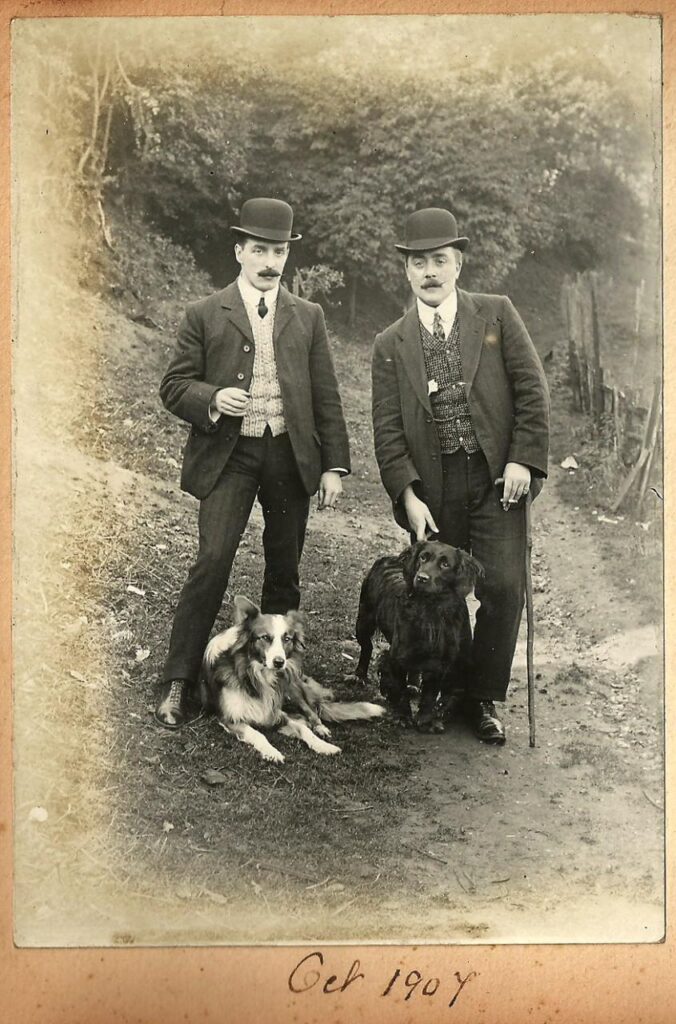
Man’s Best Friend
While it is not known exactly how long dogs have been domesticated, it is thought to be many thousands of years that the species has co-mingled with mankind. However, it is only within the last century and a half that the majority of the breeds we recognise today have been developed. The Victorians were fascinated with breeding for certain conformational traits, and it’s hard to believe that not only are Chihuahuas and Great Danes the same species, but they have all descended from wolf ancestry.
I can relate to this fascination with breeds as I have fond memories of being a young teenager, dreaming of becoming a vet, and memorising all the different breeds with their origins, characteristics, and quirky traits, intently studying the pros and cons of each one as a potential pet. Having finally convinced my parents to allow me to have a dog, we finally decided on a Springer Spaniel and, like many, families we latched on to the breed as being out family’s breed of choice.
Fast forward, longer than I care to admit, and after 17 years of clinical practice as a veterinary surgeon, I have seen the other side of the breed debate, and the unfortunate negative consequences that in-breeding can bring. While many breeds were historically bred for a function and to carry out a specific job, most of the dogs we now see as vets are kept as companion animals. However, they are not always bred with this fact in mind.

Many of the dogs that have become popular over recent years have done so because of their cute and desirable looks. Unfortunately, many of the unusual, anatomical features that we find appealing such as flat faces, short, legs, long backs, and excessive wrinkles inadvertently are accompanied by health-limiting consequences. While this was not done intentionally, it is something that we must address and not ignore.
This can be a very challenging topic to be vocal about in the veterinary profession, as it can be misinterpreted as a lack of love or victimisation over certain breeds. However, is it important to realise that it is simply because we care so much that we cannot ignore something that we see all too commonly that impacts the animal’s long-term wellbeing. It is, by definition, our job to endeavour to ensure the health and welfare of animals committed to our care.
Looking forward, I would always encourage people to consider re-homing from a rescue centre or charity before purchasing from a breeder, as the sad truth is that these facilities are often overwhelmed, and you may be surprised by the variety of breeds desperate for a loving home.
Whether re-homing or purchasing your next pet, please speak to your local veterinary team before making the decision over which breed to choose, as we have an enormous wealth of knowledge and experience on the subject. We can help you choose a pet based on your individual lifestyle. Although it is hard to do, this sometimes means we must put aside our human want for certain physical looks if they are known to have a negative impact on the health of that animal.
If we work together and prioritise our pet’s health over human desire, we can work towards a future where we can truly say that we too are their best friend!








